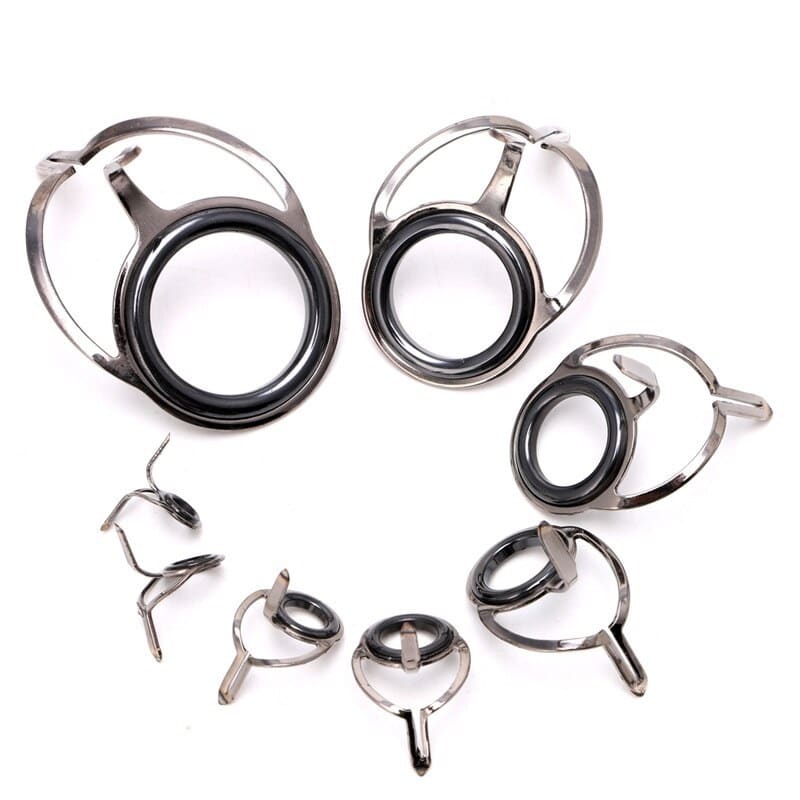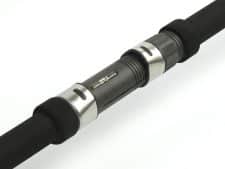Have you ever bought a brand-new rod online, used it once and broke it straight away after the first cast? Could’ve been one in a thousand reasons but let’s discuss ways to prevent wasting your hard-earned cash on substandard fishing equipment.Having read some awful rod reviews and attacks on rod manufacturers on social media lately made me want to write this article for our readers. Most well-known fishing rod manufacturers hold their products in high regard and they are proud of their product, usually offering a manufacturer defect warranty, and if the manufacturer is at fault when a rod breaks, a replacement will be sent straight away, at most times. Unfortunately, some anglers mistake a manufacturer defect warranty for a “however it breaks I will claim a warranty” warranty. Let’s begin our discussion with some warranty information first.
Manufacturer’s Warranty
A manufacturer’s warranty or limited warranty is the warranty you receive when you purchase a product, in this case a fishing rod. It covers factory defects like line guides not aligned, guide wraps unevenly coated, cracks in the rod blank upon receiving the rod from the mail and many other kinds of factory defects. If you find any damages linked to the factory’s fault, notify the manufacturer or the dealer of the rod and you’ll more than likely get a replacement sent straight away. But if you break your rod by testing your rod strength in the backyard trying to lift weights or other silly ways of Youtube testing rods, you’re out of luck. Rod breakages due to angler error like high-sticking or not packing rods properly for travel will not be covered by the warranties. Take care of your gear and they’ll take care of you when you hook up on a fish of a lifetime.
“Check and inspect before you select”
Let’s move on to how to inspect a rod before you purchase. Unfortunately, you cannot physically inspect a rod when you purchase one online. You’ll have purchase from a reputable online dealer to ensure you aren’t being sold a lemon. There are lot’s of highly trusted online tackle stores who take good care of their customers and ensure that their reputation stays intact. Check out their customer reviews and try to talk to their shop staff on the phone to find out more about their operation.
I always recommend my guests to buy their gear from a physical store whenever possible. This allows you to feel, touch, inspect and actually test out the product before parting ways with your cash. I know this may not be possible for everyone, but I highly recommend it.
Checking the Blank
The rod “blank” is what you’d like to check first. Run your fingers over the blanks from the butt end to the tip and then reverse. You will be looking for inconsistencies on the blanks like bumps, scratches or cracks. A visual inspection along with your physical touch can uncover imperfections really quickly. Notify the shop staff straight away when you see a damaged blank as you don’t want to be blamed for the damage.
Ring Guides
This is where most of the pressure on your fishing rod is placed and is one of the most crucial areas to inspect for flaws. Check the alignment of the guides by looking through the guides. You want the alignment to be perfect. Next, you should go over each guide to see that the ceramic inserts are intact with no cracks at all. The foot of the guides should also show no signs of rust or discoloration. Rub your fingers lightly over the feet of the guides, the inserts and the tip top guide. You’ll definitely feel imperfections right away.
Ferrule
The connecting point of the top and bottom sections of the rod. Most big game saltwater rods will be butt jointed and are still worth inspecting. Apart from checking the male and female parts of the joint for damage, check with the shop staff how deep the connection should go. Most uninitiated anglers will try to push the joints the full measurement which will cause cracking and will damage the female portion of the joint.
Reel Seat
 Check the reel seat for obvious damage like cracks and inconsistencies in the locking ring. Turn the locking ring up and down to ensure that all is smooth and without any rough turns. Most GT popping rods will have double locking rings. Check both for smooth operation.
Check the reel seat for obvious damage like cracks and inconsistencies in the locking ring. Turn the locking ring up and down to ensure that all is smooth and without any rough turns. Most GT popping rods will have double locking rings. Check both for smooth operation.
Grips
The grips will have the least chances of factory defects but make sure you check for visual and physical damage. Twist the grips both clockwise and counterclockwise to ensure they are glued well. The grips will be what you will be grasping on during casting and the fight as well. You don’t want them to fall apart and twist on you during the battle.
Load Test
Finally, get the shop staff to help you test out the rod by loading the rod properly. Have the shop staff grab the tip of the rod while you lift the rod to check that everything is in order. A good load test will show any factory faults like tip tops uninstalled properly or if the rod itself is true and sound. Another big reason why purchasing from a physical store is awesome.
Big fishing rod brands that offer manufacturer’s warranties will have a warranty certificate provided to the dealers and shop staff will get you to fill up the certificate with your personal information. A copy for you, one for the shop and one for the manufacturer. Keep your warranty certificate in a safe place or in your fishing files where you can find it quick when a manufacturer’s fault is found when you finally use your rod on a fishing trip.Here we have it fellas. Some things to check and inspect before you purchase your brand-new fishing rod for your next Vanuatu fishing trip. Find the faults even before buying and you’ll save yourself from headaches in the future.

